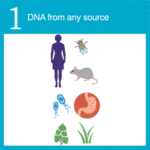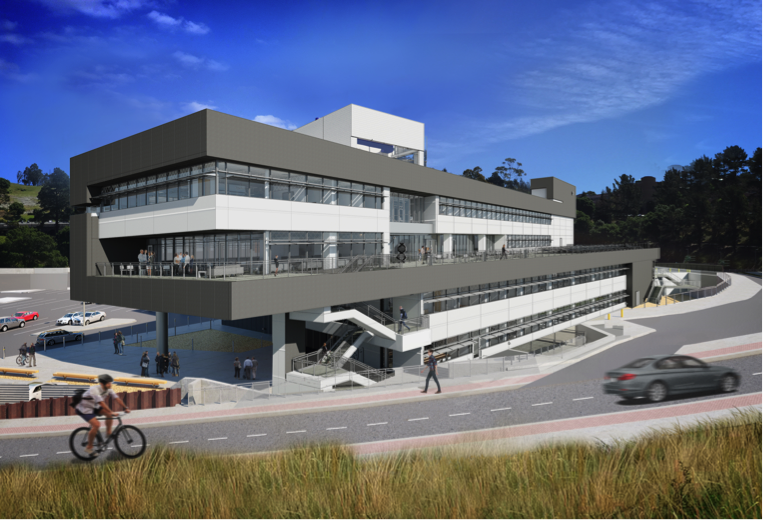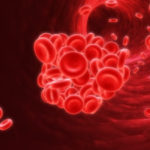A high-throughput, cost effective method for discovering gene function in microbes under various environmental conditions is among the winners of R&D Magazine’s 2017 R&D 100 Award. The technology, called Dual Barcoded Shotgun Expression Library Sequencing (Dub-seq), was developed by Adam Arkin, Adam Deutschbauer, Vivek Mutalik, and Pavel Novichkov of the Environmental Genomics and Systems Biology (EGSB) Division. Dub-seq … Read more »
Dub-seq Named a Finalist for R&D 100 Awards
A method for discovering gene function in microbes developed by Adam Arkin, Adam Deutschbauer, Vivek Mutalik, and Pavel Novichkov of the Environmental Genomics and Systems Biology division has been shortlisted for R&D Magazine’s 2017 R&D 100 Award. The technology, called Dual Barcoded Shotgun Expression Library Sequencing (Dub-seq), combines the shotgun expression library method and next generation sequencing method developed through the ENIGMA program. Now in its 55th year, the prestigious R&D 100 Awards program recognizes the most innovative inventions of the prior year. The winners will be announced and honored at a black-tie ceremony to be held this fall in conjunction with the annual R&D 100 Conference.
Adam Arkin to Lead New NASA Center
Adam Arkin, senior faculty scientist in the Environmental Genomics & Systems Biology Division, will lead the new NASA Center for the Utilization of Biological Engineering in Space (CUBES). One of two Space Technology Research Institutes (STRIs) funded, CUBES will advance research into an integrated, multi-function, multi-organism biomanufacturing system to produce fuel, materials, pharmaceuticals and food on long-term space missions.
In a New Scientist article profiling the new STRIs, Arkin said, “CUBES will work on an integrated way to use biology, starting from the available building blocks, to create all the things that astronauts and settlers will need, from food to pharmaceuticals to fuel.” Read more in the NASA press release.
Integrative Genomics Building Groundbreaking
The groundbreaking for the Integrative Genomics Building (IGB), the future home of the DOE Joint Genome Institute (JGI) and the Systems Biology Knowledgebase (KBase), took place under sunny skies yesterday, January 31, at the former site of the Bevatron particle accelerator. Notables in attendance included Sharlene Weatherwax, associate director of science for Biological and Environmental Research (BER) at DOE Office of Science; Pier Oddone, former Fermilab director and former Berkeley Lab deputy director; and Kimberley Budil, vice president for national laboratories in the University of California Office of the President. To symbolize their future partnership and signify some of the vast and complex communities of microorganisms that provide the foundation for the research that will be conducted in the IGB, JGI Director-Designate Nigel Mouncey and KBase Principal Investigator Adam Arkin mixed soil samples in beaker mugs and toasted to their shared vision for the Biosciences future colocation on the Hill.
Out for Blood: New Model Shows Promise for Personalized, Precision Transfusions for Trauma Patients
After trauma injury, some patients develop acute traumatic coagulopathy (ATC), a biological response with increased bleeding, morbidity and mortality. This condition is difficult to diagnose in real-time because relevant laboratory tests take hours and the coagulation mechanisms following injury are not well understood, creating further problems when patients are transfused with massive amounts of untargeted blood products. Mortality is 40 to 70% in the best trauma centers. Current models are unsuited for trauma coagulation or take days to run.
Amor Menezes and Adam Arkin of the Environmental Genomics & Systems Biology Division collaborated with clinicians to develop a simple, fast trauma coagulation model using control theory, published this week in Science Translational Medicine, which can personalize the treatment of severely injured patients with ATC from only laboratory measurements that take a few minutes. Using this model, the authors accurately predicted an hour-long laboratory test, calculated patient-specific transfusion requirements, and demonstrated in vitro that a driver of coagulation in these patients could be controlled as calculated. This ability to quickly predict and leverage accurate individualized information could be key to future treatment of patients with ATC.
Was this page useful?








